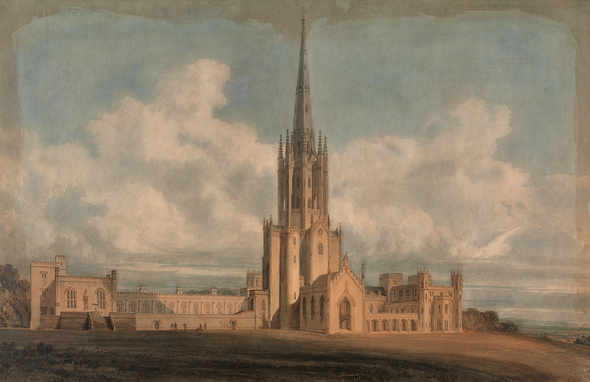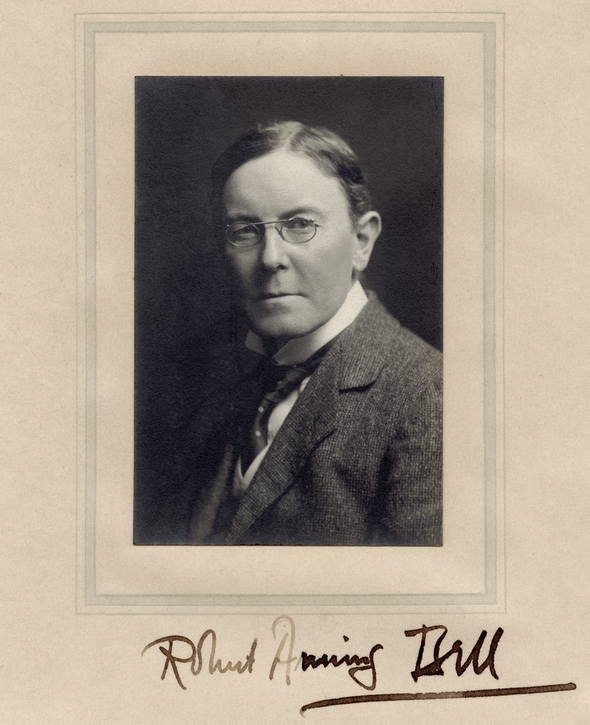By using this website you agree to our Cookie policy
There is no doubt that, for a considerable period, the position of the scholarly museum curator has been subject to a general attrition in institutions across Britain. While managers and administrators, departments for Human Resources, marketing, education and outreach have blossomed, curators have invariably found themselves sidelined. They are increasingly subject to pressures that diminish the effectiveness of their expertise and compromise their abilities to mount exhibitions and displays, acquire works and catalogue the holdings in their care.
JUST WAS WESTERN philosophy is sometimes characterised as a series of footnotes to Plato, so modern writing on the architecture of Canterbury’s cathedral priory often seems to represent footnotes to Robert Willis’s foundational studies of the church (1845) and conventual buildings (1868). The base text for Peter Fergusson’s new book is the second of these, in which Willis published a detailed engraving of the so-called ‘waterworks’ drawing which is bound into the back of the Eadwine Psalter (now in Trinity College, Cambridge), and used it as a guide to the mid-twelfth-century fabric of the precinct.
ONE OF THE best-known and most attractive works in the extensive collection of drawings by Paul Sandby in the Royal Library at Windsor Castle, apart from topographical views of the Castle and Windsor Great Park, is the watercolour hitherto titled A lady painting (Fig.2).1 Exactly how and when this entered the library is not certain, but it is first recorded in a group of Sandby drawings lent from Windsor to the Royal Academy’s great exhibition of British art in 1934.2


A reassessment of the locations of the aqueducts in John Sell Cotman’s well-known watercolour sketches (c.1805).

An exploration of the relationship between the young Turner and the buildings of the Wyatts, the family of architects working in London before and after 1800.
A look at the influence of the imagery of the moon and its literary sources on Samuel Palmer’s paintings and prints.
Early écorché drawings (c.1817–21) by Edwin Landseer recently acquired by the Victoria and Albert Museum, London.

Robert Anning Bell’s work and teaching in Liverpool and his promotion of the Arts and Craft movement there in the 1890s.